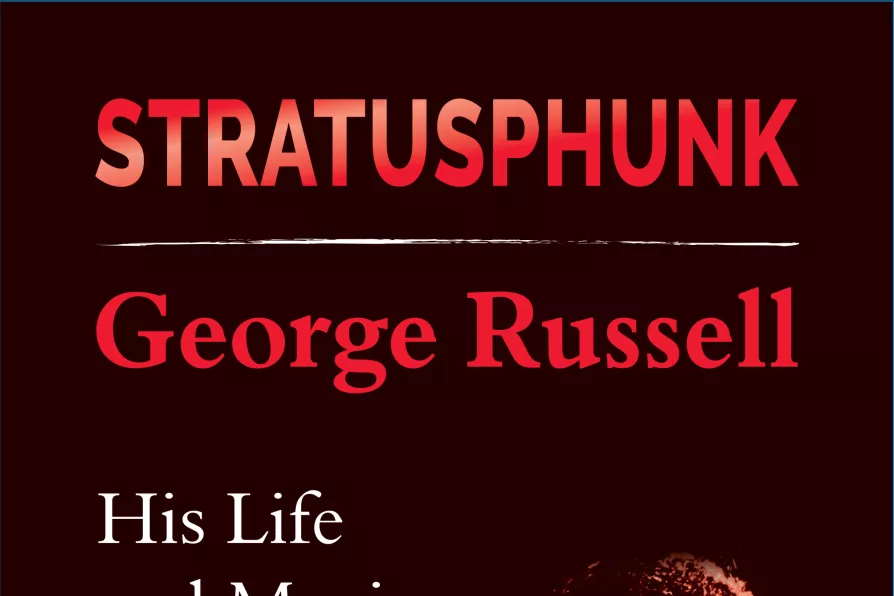MARIA DUARTE reviews Desperate Journey, Blue Moon, Pillion, and Wake Up Dead Man: A Knives Out Mystery


Stratusphunk: George Russell, His Life and Music
by Duncan Heining Jazz Internationale, £14.99
THE great Wolverhampton-born bassist Dave Holland said of Russell: “He’s done something which a lot of musicians aspire to, which is to create a world of his own within the music.” Yet this world was never an introspective one or enclosed behind musical walls.
As a young man in New York, Russell knew and worked with Charlie Parker, Dizzy Gillespie, Miles Coltrane, Ornette Coleman and Mingus. The knowledge which formed the foundation of his genuinely influential theoretical work, the Lydian Chromatic Concept of Tonal Organisation, was based on active exposure to such jazz revolutionaries.

Re-releases from Bobby Wellins/Kenny Wheeler Quintet, Larry Stabbins/Keith Tippet/Louis Moholo-Moholo, and Charles Mingus Quintet

CHRIS SEARLE speaks to saxophonist and retired NHS orthopaedic surgeon ART THEMEN












